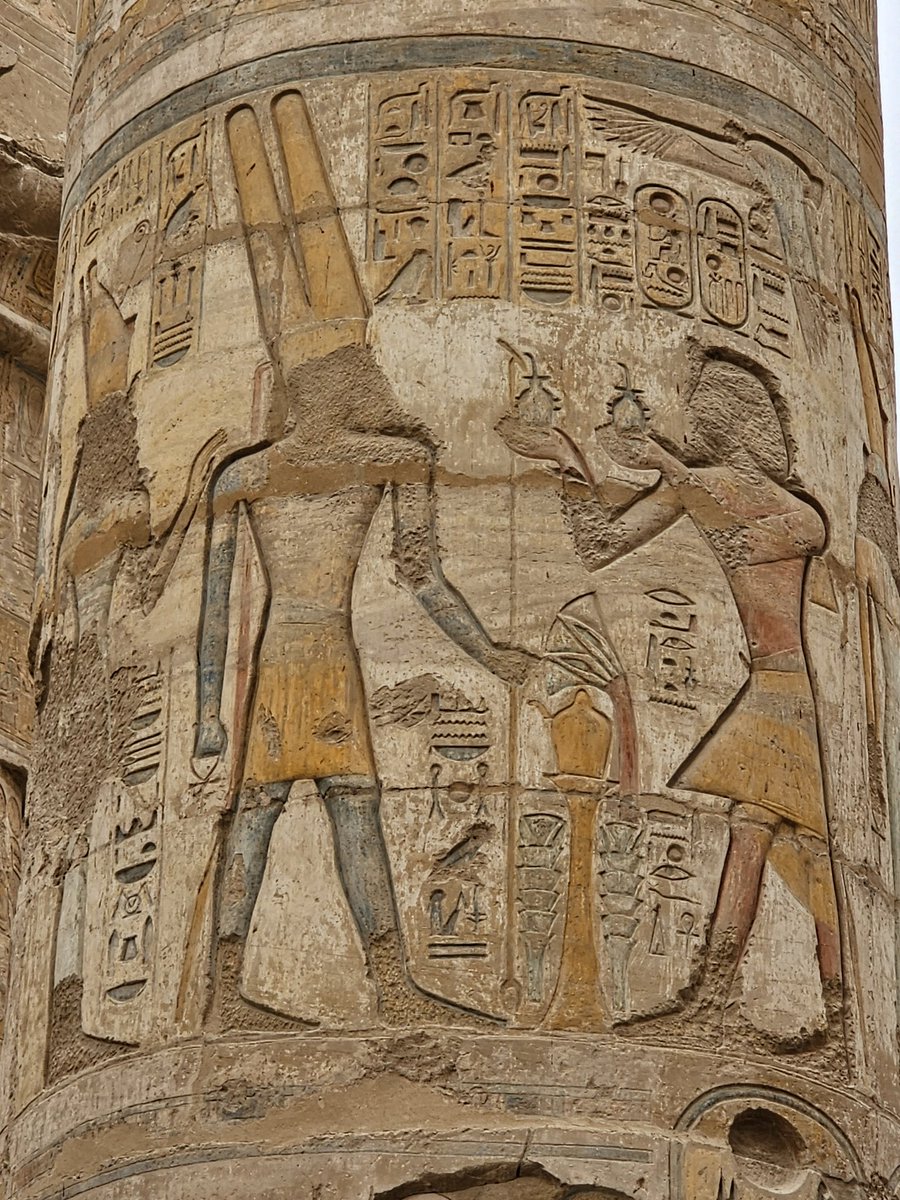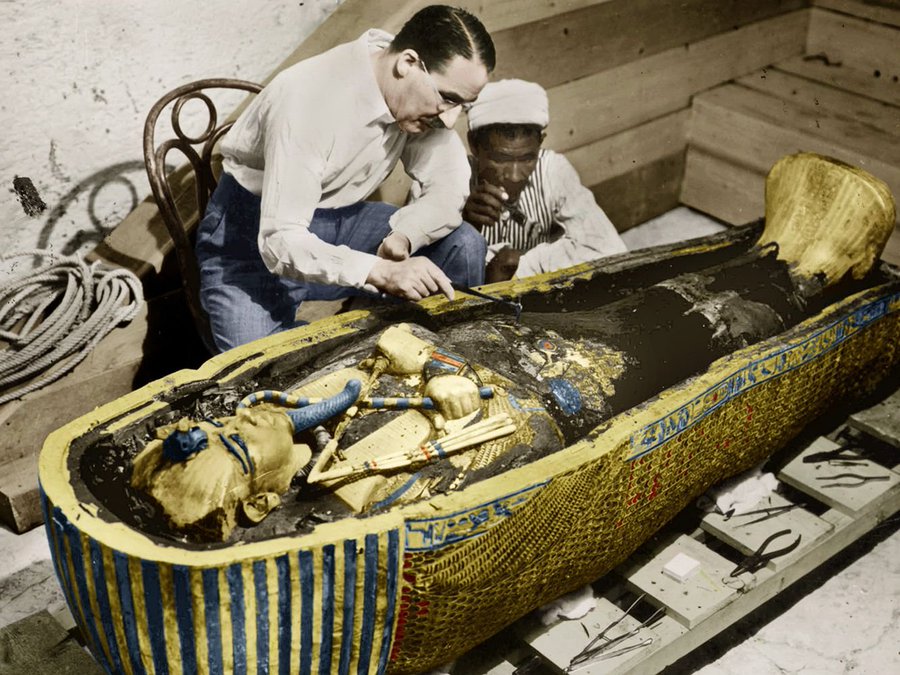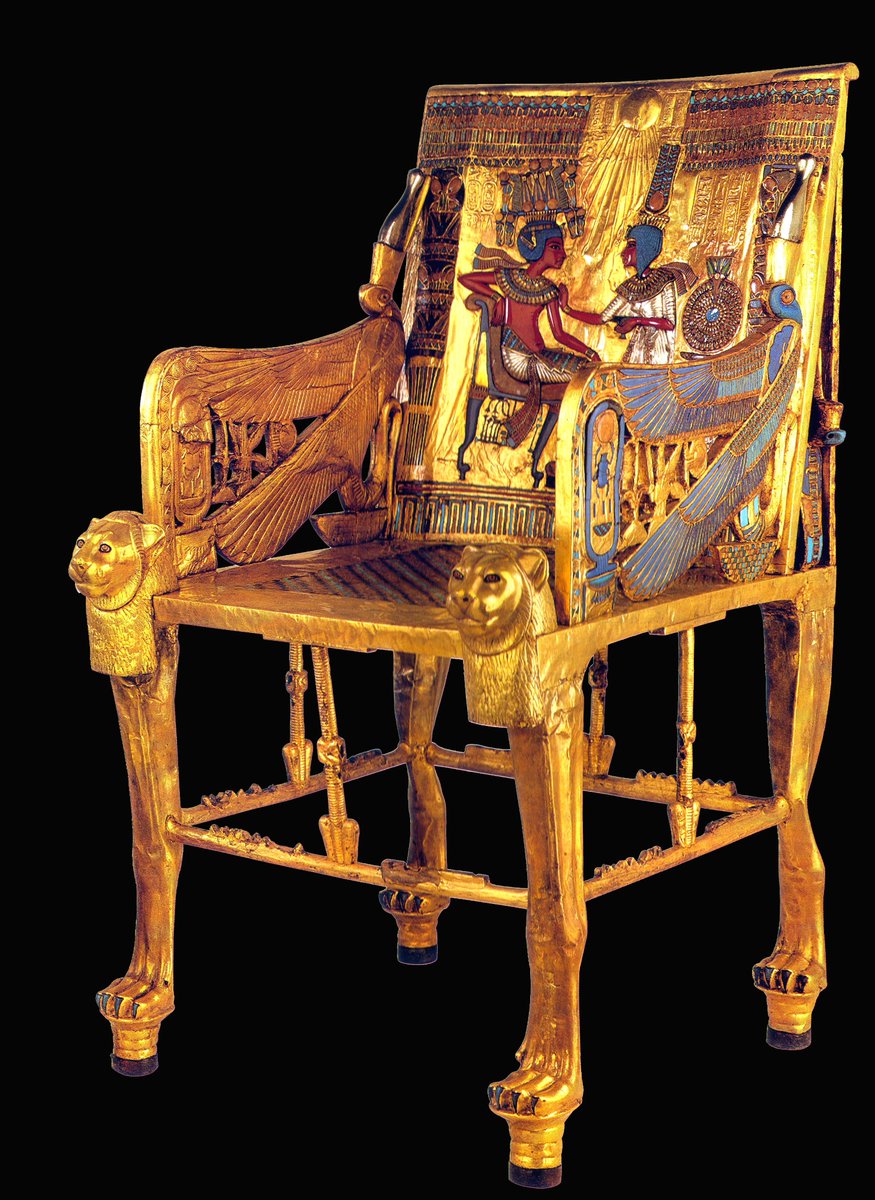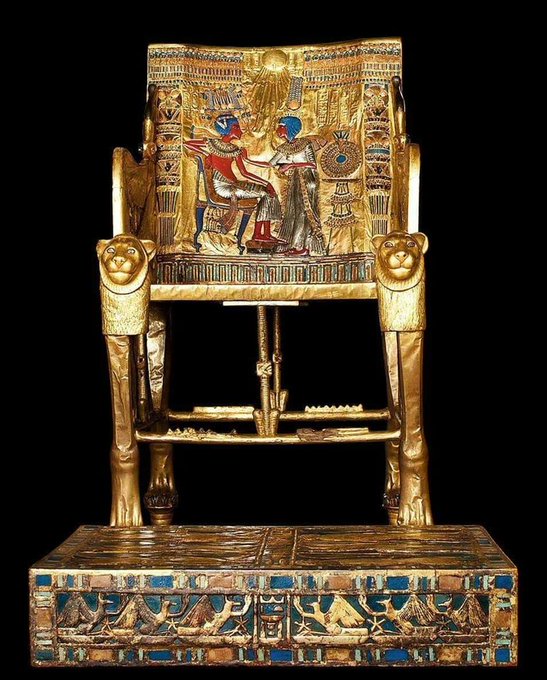1/ T-31 of my Tutankhamun 100 day countdown: Today ivory headrest. #Egypt #Archaeology #Tutankhamun #history #Archaeology #Tutankhamen #Toutankhamon #Tutancâmon #Tutanchamun #توتعنخآمون #ancient #Tutankamón #ツタンカーメン #图坦卡蒙 #圖坦卡蒙 #Τουταγχαμών #тутанхамон #투탕카 

2/ Ancient Egyptians used headrests instead of pillows on their beds. Tutankhamun took several of them to the Underworld, which we covered earlier. #Archaeology #archaeohistories #Archäologie #archéologie #考古学 #考古学 #考古學 #arqueología #archeologia #archeologie #αρχαιολογία 







3/ One of Tutankhamun's beds had a headrest mounted to it. #Egypt #Archaeology #AncientArt #History #Jewelry #Ancient #AncientEgypt #Egypt #Egypte #Egipto #Egito #Αίγυπτος #Ägypten #מִצְרַיִם #Egitto #エジプト #이집트 #Египет #Єгипет #埃及 #埃及 #مصر 

4/ Most impressive of all Tutankhamun's headrest was this spectacular piece made from 2 pieces of ivory joined with gold pins in the middle #पुरातत्व #고고학 #arqueologia #arkeoloji #археологія #arkeologi #археология 

5/ The curved element at the top cradled the king's head as he slept. I also represents the horizon & is supported by a figure of Shu, the god of the air #mythology 

6/ In Egyptian mythology, Shu supported his daughter, the sky goddess Nut and his father, the sun-god Re as he sailed across the sky each day. In this papyrus scene, Shu holds up his daughter Nut while his son the earth god Geb lied down at Shu's feet. 

7/ When the king slept at night, his head became the sun-god Re, supported by Shu. Shu wears the hieroglyphic symbol for "protection" draped around his shoulders on either side. 

9/ These lions are often represented in tomb scenes and funerary objects like coffins and the Book of the Dead where they are called The Lions of Yesterday and Tomorrow. In this Book of the Dead papyrus, the sun is cradled in the horizon and rests on the 2 lions' backs. 

10/ this rare photo shows the back of the headrest. A column of hieroglyphic texts on the back pillar gives Tutankhamun's prenomen & royal titles 

• • •
Missing some Tweet in this thread? You can try to
force a refresh






























